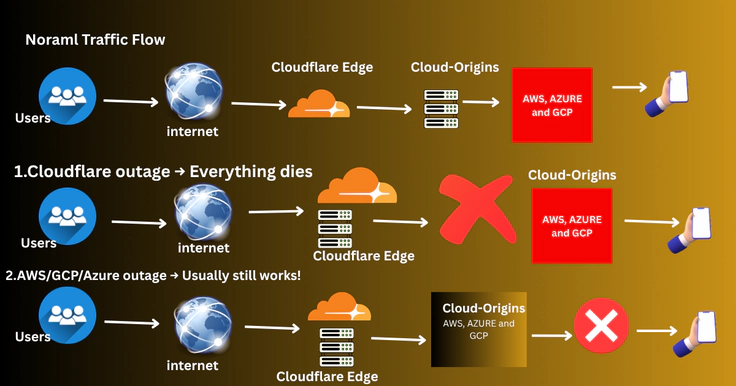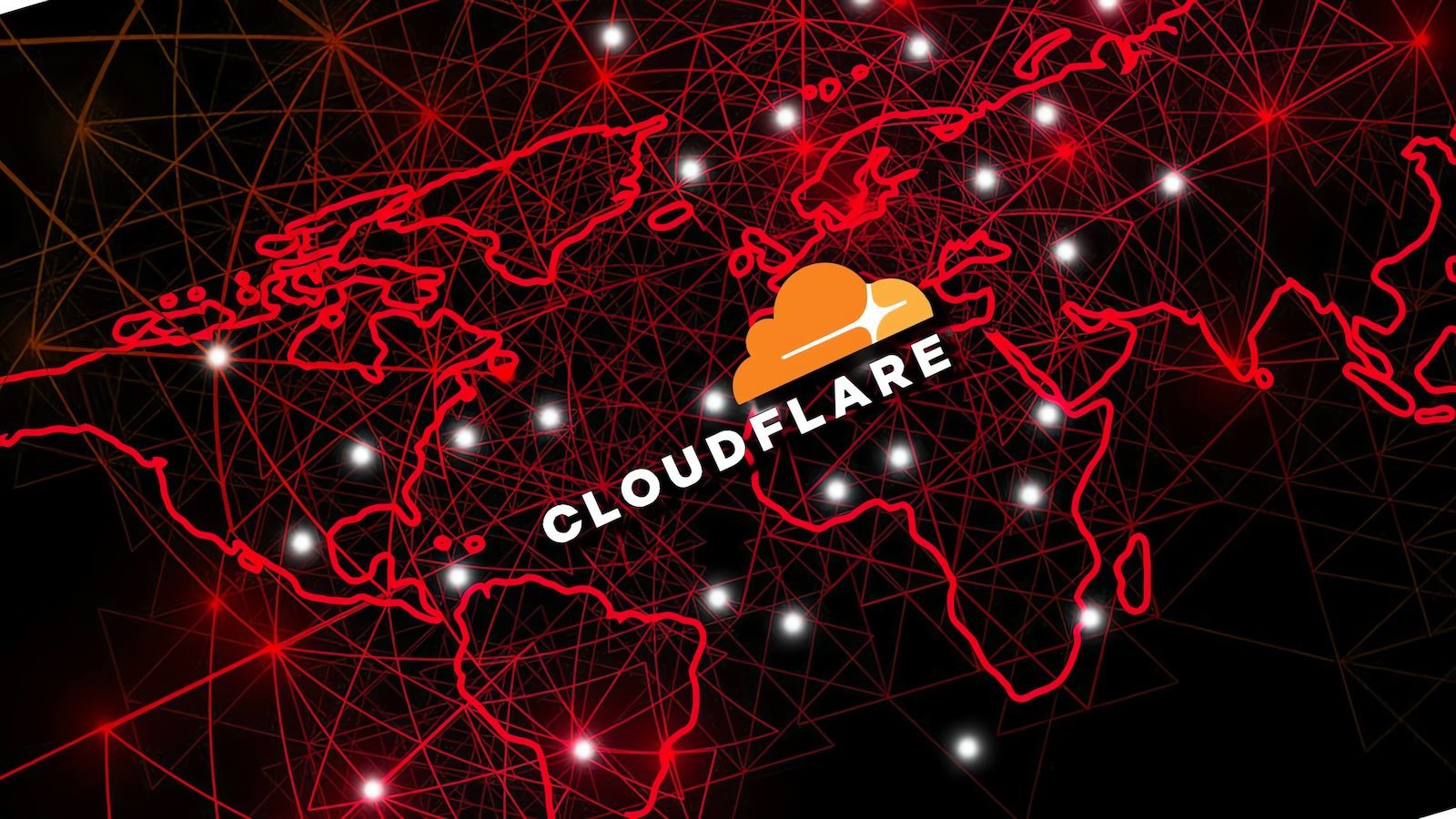The Hidden Risk in Modern Tech: Why Centralizing Everything in One Provider Is a Security Calamity Waiting to Happen
How over-reliance on a single player creates silent single points of failure that can cripple entire industries overnight.

Hello there! Ever feel like the internet is just… always on? It’s a miracle of modern engineering, but sometimes, that miracle feels a little fragile. We’re talking about the big, hidden risk in modern technology: putting all our digital eggs in one giant basket.
It’s so easy to rely on a single, massive tech company for everything—your website, your email, your favorite streaming service. They offer convenience, scale, and powerful tools. But when that one giant basket tips over, the whole internet feels the wobble.
The Day the Internet Stood Still (or at least, slowed way down)

You might remember a few times when it felt like half the internet went dark. These weren’t scenes from a sci-fi movie; they were real-life outages that showed just how interconnected and fragile our centralized systems have become.
- The Cloudflare Configuration Glitch (November 2025): A simple configuration change, a tiny mistake in the code, and suddenly, major platforms like OpenAI, Spotify, and X were unreachable for millions of users worldwide. It wasn’t a cyberattack; it was an internal technical hiccup that had global consequences.

- The AWS Service Disruption (October 2025): When a major Amazon Web Services (AWS) region experienced issues, it took down a huge swath of popular services, from social media giants like Snapchat and Reddit to major banks. The cause? Often, it comes down to a single point of failure, like a network device or a critical internal system.

- The Azure Metadata Issue (Date Varies): Microsoft Azure has also had its share of moments, sometimes due to metadata issues or networking problems that cascade across their massive infrastructure. The pattern is clear: a problem in one central location quickly becomes a problem for everyone relying on it.
These incidents aren’t about pointing fingers. They’re about recognizing a fundamental truth: centralization creates a single point of failure. When one company hosts the core infrastructure for thousands of others, their bad day becomes everyone’s bad day.
Why Does This Happen?
Think of it like a giant city with only one main power plant. It’s efficient, sure, but if that plant goes down, the entire city is dark. In the tech world, this “power plant” is often a massive data center or a core routing service.

The problem isn’t the technology itself; it’s the concentration of control. A single team, a single set of protocols, and a single physical location can bring down services used by billions. It’s a risk that grows bigger every time we consolidate our digital lives.
How to Build a Stronger, More Resilient Internet
The good news is that we don’t have to live with this risk. The solution is simple in concept, though complex in execution: decentralization. We need to spread our digital eggs across many baskets.
Here are a few friendly ways to think about building a more resilient digital life, whether you’re a small business owner or just a concerned internet user:
| Strategy | What It Means (in simple terms) | Why It Helps |
|---|---|---|
| Multi-Cloud Approach | Don’t just use AWS; use AWS for one thing and Azure or Google Cloud for another. | If one cloud goes down, your critical services on the other cloud keep running. |
| Decentralized Infrastructure | Look into newer technologies that use a network of many small, independent computers (like Web3 or peer-to-peer systems). | There is no single “off switch.” The network is distributed, making it incredibly hard to take down. |
| Abstraction Layers | Build your applications so they don’t care which cloud they run on. They become portable. | You can move your entire operation from one provider to another quickly if needed, avoiding “vendor lock-in.” |
| Edge Computing | Move some of your data and processing closer to the people who use it (like local servers or CDNs). | Less reliance on a single, far-away data center. Faster service and fewer long-distance failure points. |
The Takeaway
The future of a reliable internet isn’t about finding the perfect single provider; it’s about embracing diversity and distribution.
It’s about recognizing that convenience shouldn’t come at the cost of resilience. By spreading our infrastructure, we don’t just protect our own services; we contribute to a stronger, more robust, and more democratic internet for everyone.
So, the next time you’re setting up a new service, ask yourself: “What happens if this one provider has a bad day?” Your answer might just lead you to a much safer and more future-proof solution.
credits to the owners of the images used in this blog.
Be safe and decentralize your infrastructure.
